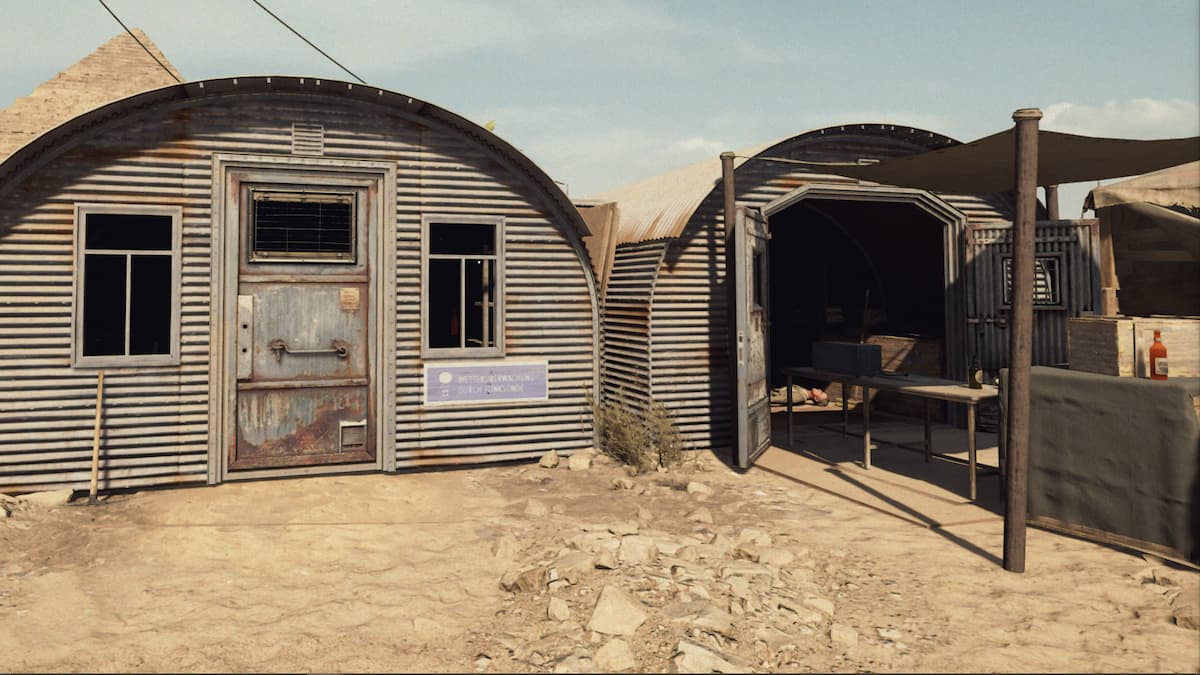
As Season Five moves past the halfway point, with the MSI behind us and the second split of LCS keenly underway; spectators and players alike see the elusive World Championships on the horizon. For the majority of spectators, this event is used as an indicator and benchmark of how teams stack up against one another, and how the international scene will place for the year. It ignites passion and feuds between fanboys, and creates a more holistic understanding for most when this time of the year rolls around.
Arguments surround the invitations extended to regions and teams, with many commentators finding disparity in their opinions, placing faith in different scenarios. Commonly, spectators will suggest the Western regions aren’t competitive enough to warrant equal seeds as the Eastern (read: Korea and China) regions; despite all of the aforementioned sending their top three representatives. More commonly, however, spectators appreciate the value of seeing their favourite teams and regions stack up against the world’s best. Which is understandable, right? Not only is it incredibly exhilarating to watch your favourites play against the strongest team from around the globe, it also serves as a robust means of practice. Teams, and especially Western ones, are rarely subjected to the tournament format we’re blessed with for the World Championships; they rarely receive such high quality practice and; they very rarely get to play with so much on the line—domestic competition simply doesn’t compare.
With this in mind, that you, the average viewer, loves to see your favourite teams be pitted in this environment for both experience and improvement, on top of a chance to prove their worth—why do you argue against the Wildcard regions?
The prototypical esports viewer accepts the difference in skill level between Korea to China, China to Europe and North America, and however you want to differentiate Taiwan, be it stronger or weaker than the Western powerhouses. They chalk this down to a variety of things: natural talent, their infrastructure, their drive—whatever. This logic, however, doesn’t extend to anyone beyond that.
Riot Games released League of Legends back in 2010, and not a single employee or employer could’ve anticipated the success they would amass by 2015. Initially the game’s capacity was limited, with very few locations that supported servers and the feasibility of creating endless locations for servers simply did not exist. As Riot grew, with the introduction of esports, so did their server capacity and locations. Season 2 saw the introduction of Korea’s servers, who quickly claimed their crown of the premiere region come Season 3, after narrowly falling to the hands of the Taipei Assassins. Still, the game grows. Further expansion into Europe, with Turkish servers opening, later Oceanic servers.

However, with the dominate support provided to the patriarch of servers, the rest of the world was left to play catch up. Each Wildcard region has devoted players and teams looking for their chance to prove themselves. They long for the chance where they can devote everything to a job they have so much love for. Increasingly, this is becoming more of a reality. Brazil’s CBLoL is played entirely on LAN, with teams inside gaming houses becoming commonplace. The elite teams for LJL, Japan’s competitive circuit, too, are moving into gaming houses and transitioning to a full-time region. However, even the most sympathetic of Wildcard apologists would acknowledge there is without a shred of doubt a large skill gap between the established regions and the IWC ones.
Unbridgeable? Maybe. Narrowing? Potentially.
The simple matter of fact is that the Wildcard regions are proving their merit; they’re doing everything within their power to ascend to the limelight shared by the rest of the world. But they slipped on the starting block, and their crawl is slow. Last year’s World Championships saw the untimely fall of Alliance to Brazilian representatives KABUM!, which shocked and delighted viewers alike.

Now, with IWC regions being placed in more competitive environments with greater training circumstances, the only way to continue to improve is to tackle the world stage. A seed into the World Championship, where they have to battle with the best of each IWC region to earn their ticket, is what they’re fighting for. Maybe not with the goal of winning the event, but with the expectation of attending, playing, and improving. The same opportunity fans relish for their lacklustre Western teams should be extended to the Wildcard regions. Extended to the teams who are the furthest behind, with the hopes of one day being deserving of an automatic seeding.
When commentators belittle the chances of the Wildcard regions, saying they disturb the integrity of the tournament by being “free wins” to two groups; maybe so. Currently, IWC teams aren’t expected or likely to move beyond the group stage—maybe even unlikely to take a game off another team. However, the answer shouldn’t be that they’re barred entry from the event.
That doesn’t fix the problem—that ignores it. The solution is to persevere. To accept interregional differences, and to help–in whatever way possible–Wildcard teams become something more than they are.
Images courtesy of Lolesports.






Published: Jul 10, 2015 06:45 am